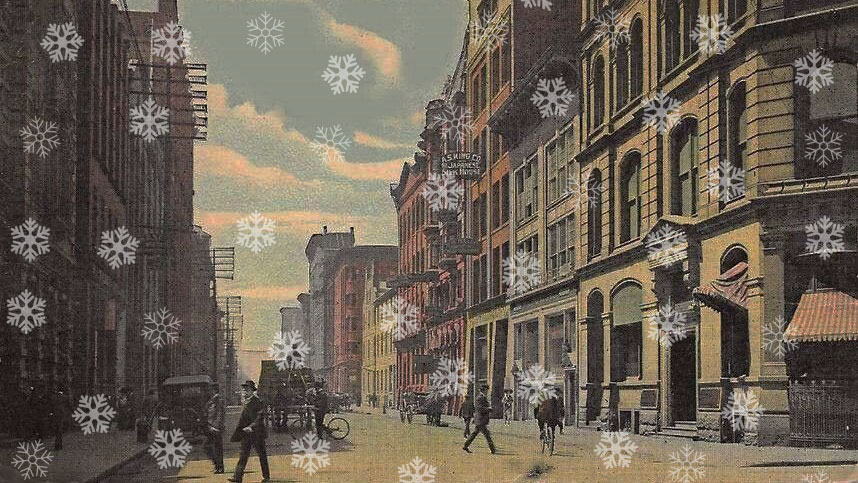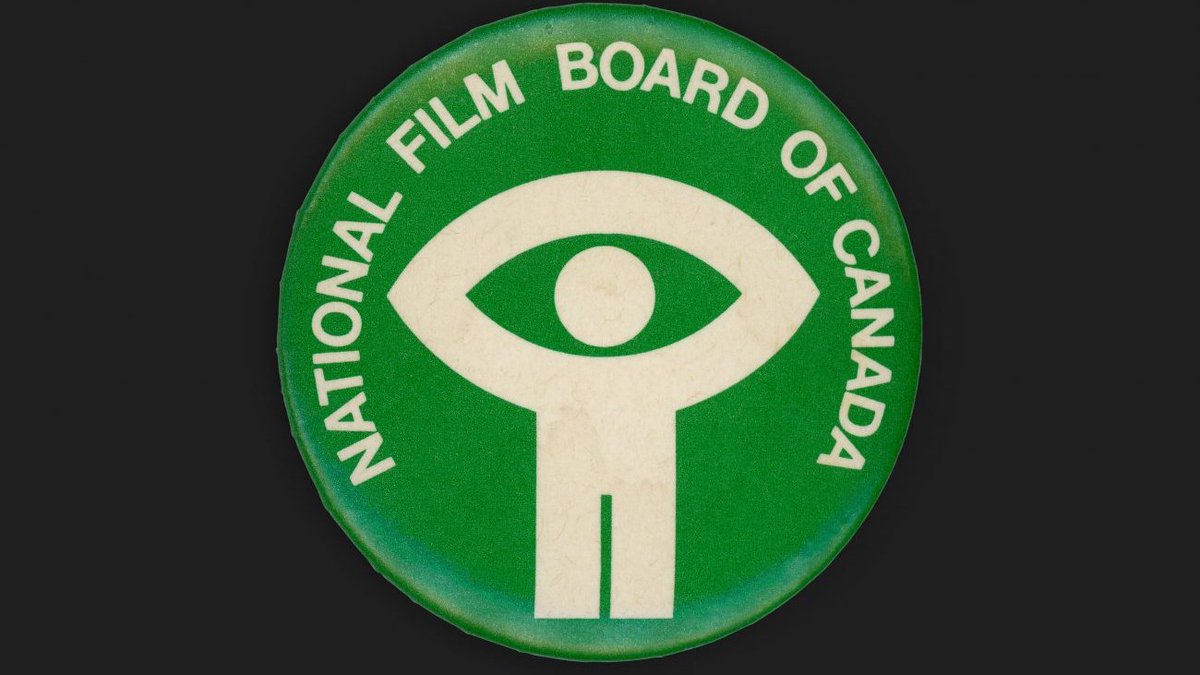1. Today is Simcoe Day in Toronto. So let's talk about John Graves Simcoe & his strange, complicated relationship with slavery.
The founder of Toronto was an avowed abolitionist... who also once fought a war to *preserve* slavery.
Here's my annual thread...
The founder of Toronto was an avowed abolitionist... who also once fought a war to *preserve* slavery.
Here's my annual thread...

2. Simcoe was a soldier, a hero of the British side of the American Revolution.
After the war, the Brits created a colony for Loyalist American refugees — on land already home to First Nations for thousands of years.
They called it Upper Canada. And they chose Simcoe to run it.
After the war, the Brits created a colony for Loyalist American refugees — on land already home to First Nations for thousands of years.
They called it Upper Canada. And they chose Simcoe to run it.

3. Simcoe had long been a passionate abolitionist. Back home in England, he'd spoken out against slavery as an MP, giving speeches in the House of Commons.
He made it very clear he saw no place for slavery in his new colony — the place we now call Ontario...
He made it very clear he saw no place for slavery in his new colony — the place we now call Ontario...

4. "The principles of the British Constitution do not admit of that slavery which Christianity condemns. The moment I assume the Govt of Upper Canada, under no modification will I assent to a law that discriminates by dishonest policy between natives of Africa, America or Europe" 
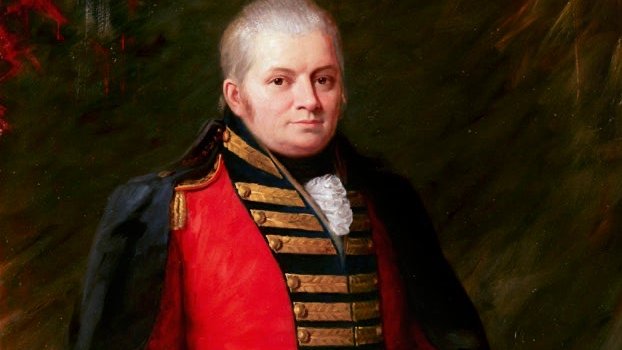
5. And so, one of the very first things Simcoe did when he became governor of Upper Canada was to pass a law against slavery.
He was particularly inspired by the story of Chloe Cooley's resistance.
He was particularly inspired by the story of Chloe Cooley's resistance.
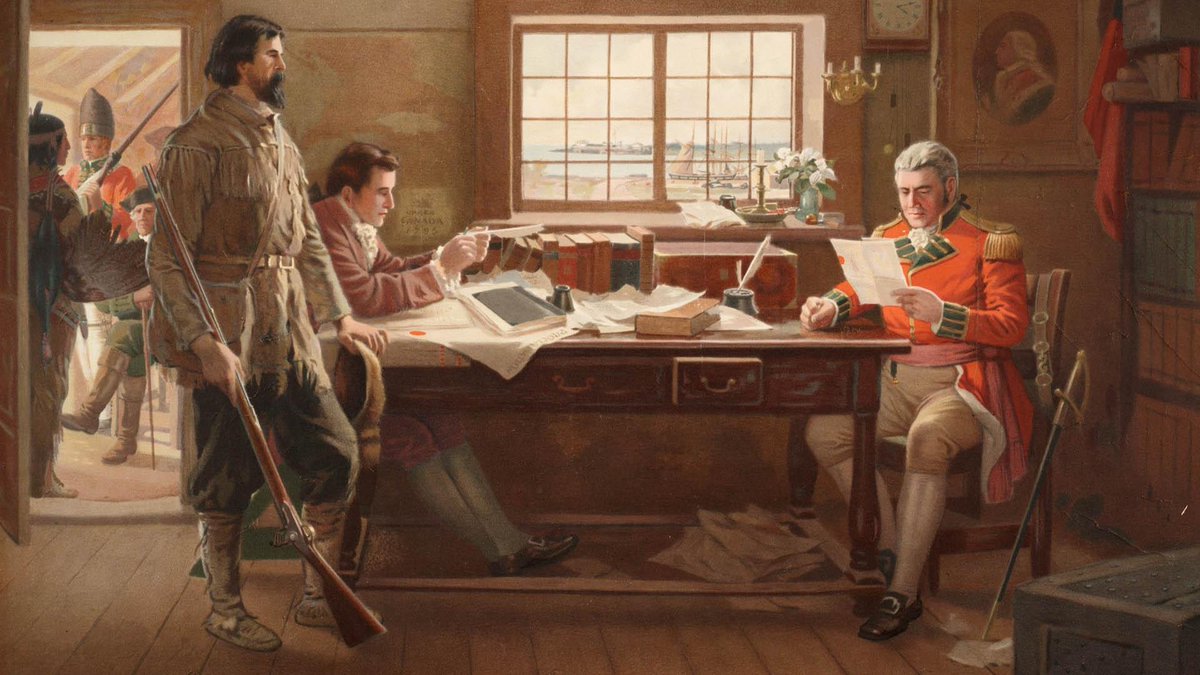
6. Cooley was a Black woman enslaved at Niagara who had long carried out acts of resistance: refusing work, disappearing for periods of time, stealing things...
Generally making her enslavement as inconvenient as possible for the man who enslaved her.
Generally making her enslavement as inconvenient as possible for the man who enslaved her.

7. During Simcoe's first winter in Upper Canada, that man “sold” her to someone on the American side of the border, tying her up with rope and forcing her into a boat to be carried across the river.
She resisted yet again, screaming and putting up a fight.
She resisted yet again, screaming and putting up a fight.
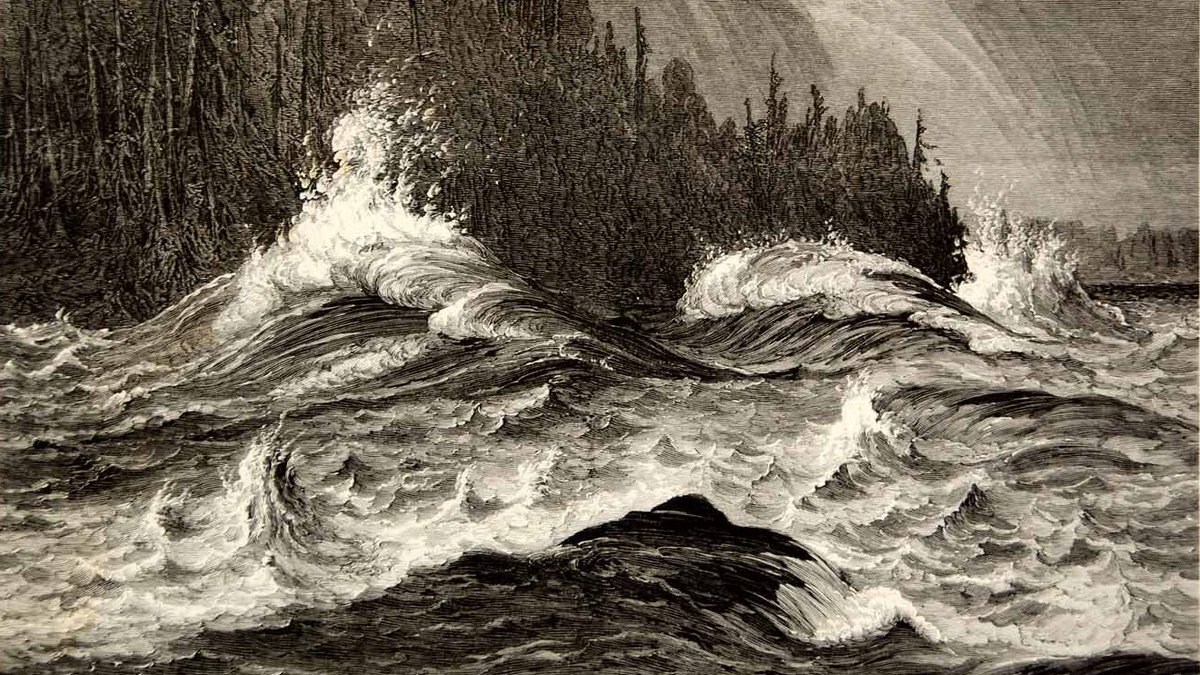
8. Peter Martin saw it all happen. He was a Black soldier, a Loyalist who'd fought on the British side of the war.
A week later, when Simcoe’s Executive Council met for the first time, Martin appeared before them to tell the story.
A week later, when Simcoe’s Executive Council met for the first time, Martin appeared before them to tell the story.

9. Simcoe saw his chance. He used Cooley's story as an opportunity to push for abolition in Upper Canada.
The “Act Against Slavery” became the very first law against slavery ever passed anywhere in the British Empire.
The “Act Against Slavery” became the very first law against slavery ever passed anywhere in the British Empire.

10. That was July 1793 — the same month Toronto was founded.
It was 40 years before slavery was abolished across the British Empire and 70 years before the Emancipation Proclamation in the United States.
It was 40 years before slavery was abolished across the British Empire and 70 years before the Emancipation Proclamation in the United States.
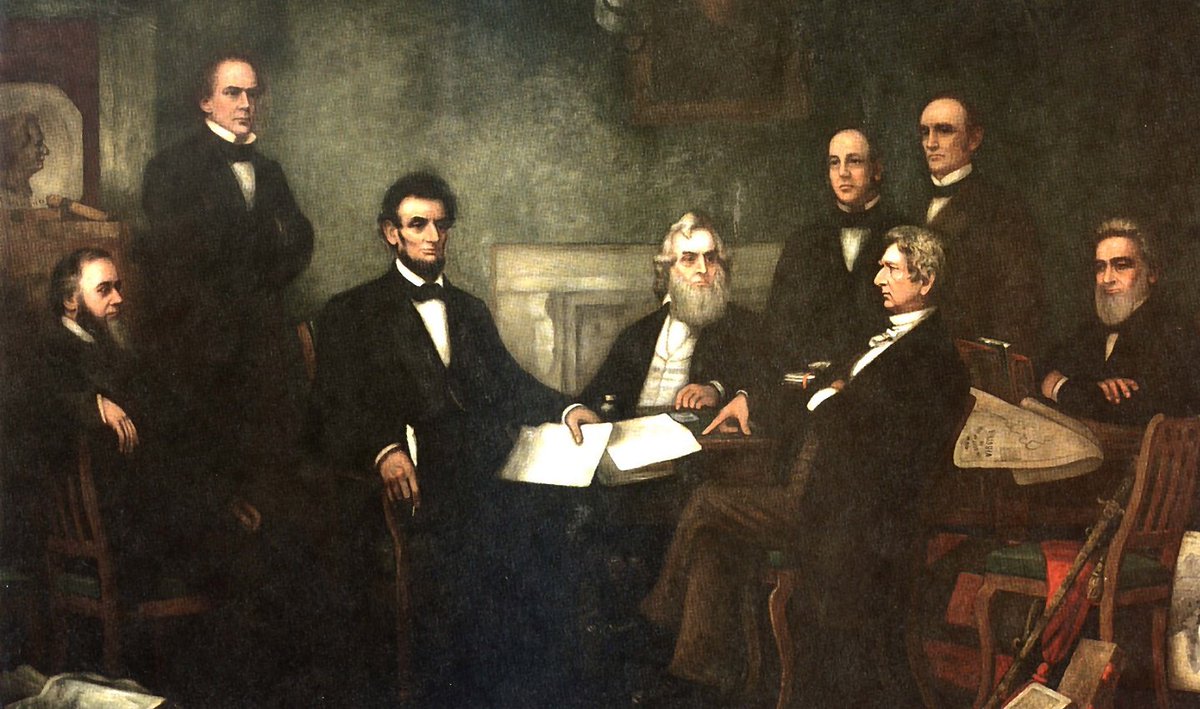
11. So: yay Simcoe! To this day, he's celebrated as the man who ended slavery in our province.
But things weren’t quite as simple and straightforward as that all makes it seem.
But things weren’t quite as simple and straightforward as that all makes it seem.

12. For one thing, while Simcoe wanted to abolish slavery immediately, he couldn't. He was forced into a compromise.
His anti-slavery bill had to be passed by the local parliament — which was full of slaveholders...
Thanks, in no small part, to John Graves Simcoe himself.
His anti-slavery bill had to be passed by the local parliament — which was full of slaveholders...
Thanks, in no small part, to John Graves Simcoe himself.
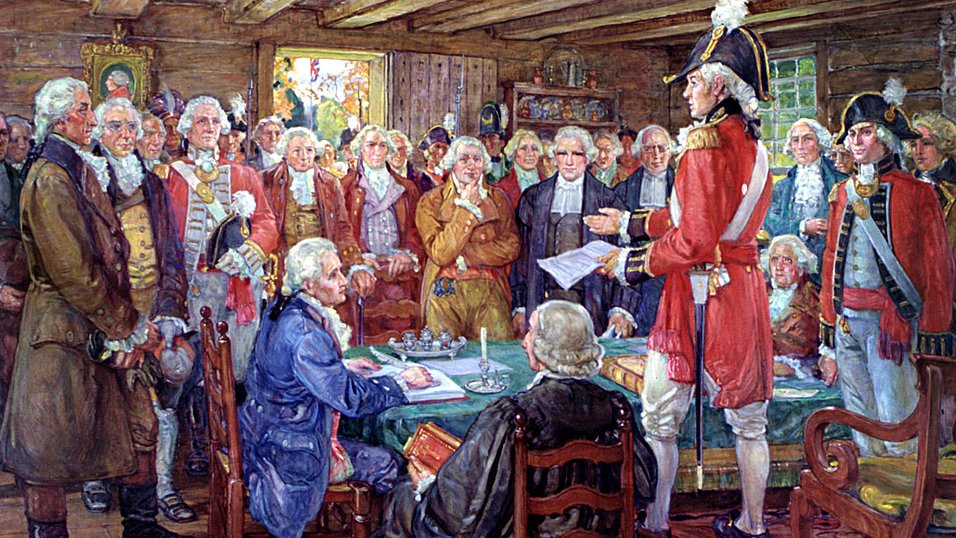
13. Not only did Simcoe personally invite slaveholders to settle in Upper Canada, he also chose a bunch of them to sit on his Legislative Council — which acted sort of like the senate does today.
That council basically had a veto over all new laws.
That council basically had a veto over all new laws.
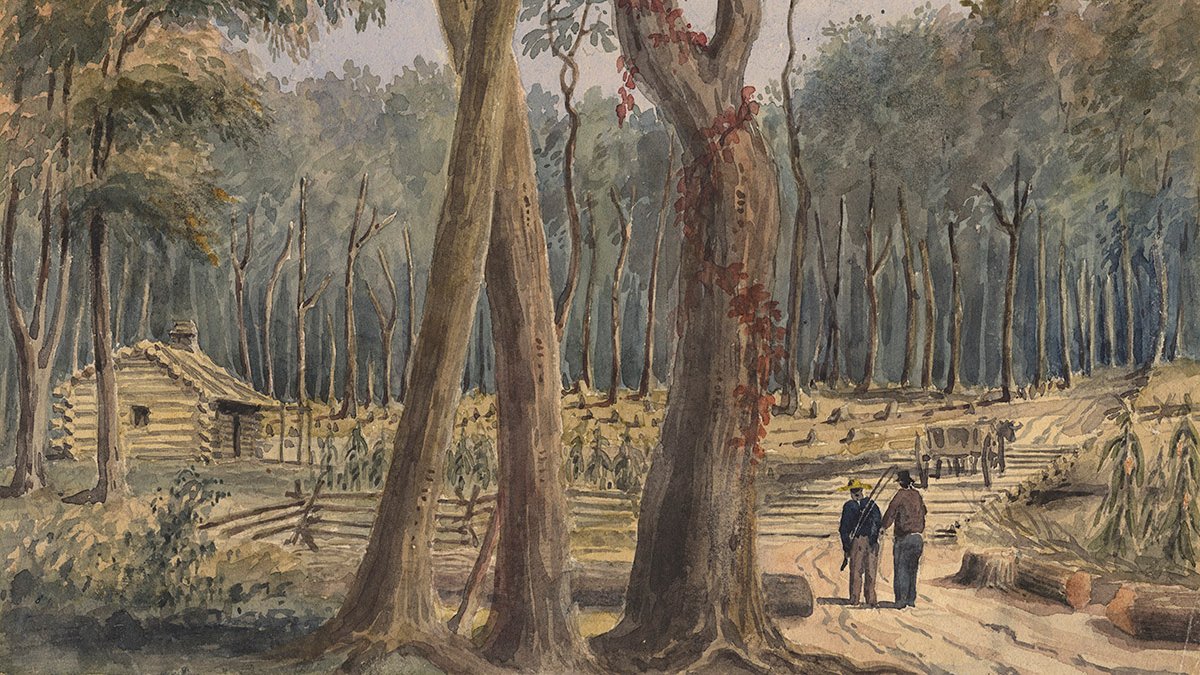
14. Take Peter Russell — a former soldier, gambling-addict & ex-con who Simcoe befriended during the American Revolution.
Peter Street is named after him. And Russell Street was too — but the city recently changed it since he was also a slaveholder
Peter Street is named after him. And Russell Street was too — but the city recently changed it since he was also a slaveholder

15. Russell and his sister Elizabeth enslaved Peggy Pompadour & her three children: Jupiter, Amy & Milly.
They were forced to labour for the Russells here at Russell Abbey (on Front Street) & at their Petersfield estate (on Queen).
They were forced to labour for the Russells here at Russell Abbey (on Front Street) & at their Petersfield estate (on Queen).

16. The Pompadours resisted, just like Cooley did: made trouble when they could, tried to escape. The Russells had Peggy jailed for a while — Jupiter too.
They also strung him up in the window of a storehouse as a public humiliation.
And eventually tried to "sell" both of them:
They also strung him up in the window of a storehouse as a public humiliation.
And eventually tried to "sell" both of them:

17. But Simcoe still picked Russell to sit on his Legislative Council.
In fact, MOST of the councillors Simcoe appointed were either slaveholders or from slaveholding families.
Determined to abolish slavery, Simcoe had made it nearly impossible to do.
In fact, MOST of the councillors Simcoe appointed were either slaveholders or from slaveholding families.
Determined to abolish slavery, Simcoe had made it nearly impossible to do.
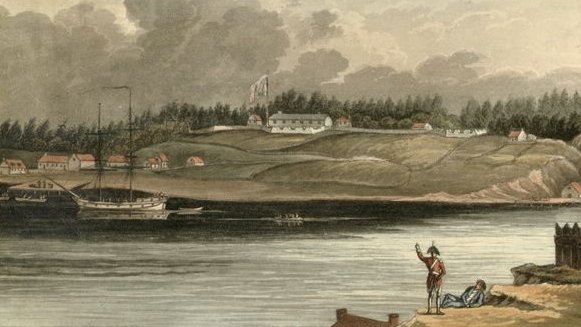
18. Those slaveholders forced a compromise: slavery wouldn't be abolished immediately. It would be phased out instead.
No more people who were enslaved could be brought into Upper Canada, but those already here would still spend the rest of their lives in slavery.
No more people who were enslaved could be brought into Upper Canada, but those already here would still spend the rest of their lives in slavery.
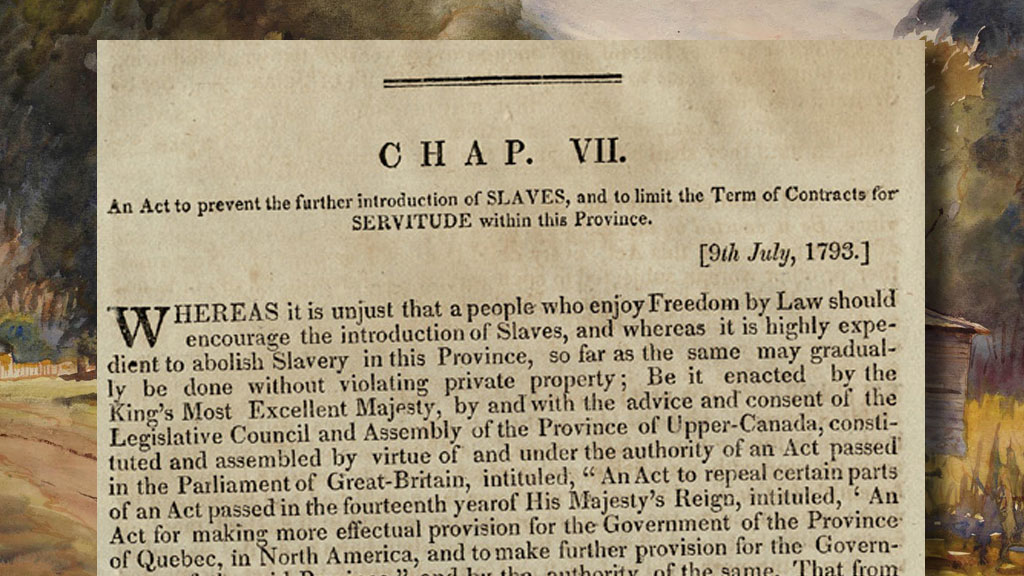
19. Their children would be born into slavery too; they wouldn’t be free until they turned twenty-five. 
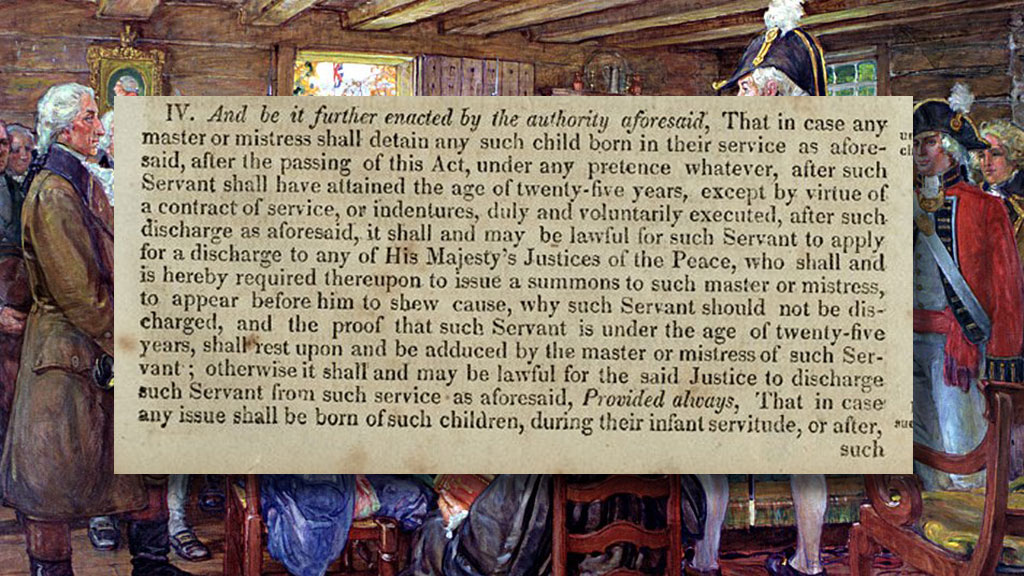
20. So when Toronto was founded, slavery was still legal.
Families like the Russells, Jarvises, Babys & Denisons all enslaved people here — and used their forced labour to lay some of the foundations of our city.
Families like the Russells, Jarvises, Babys & Denisons all enslaved people here — and used their forced labour to lay some of the foundations of our city.

21. Meanwhile, slavery inside England had already effectively been ended by a court decision many years earlier — so Simcoe's law wasn't quite as far ahead of its time as it might sound.



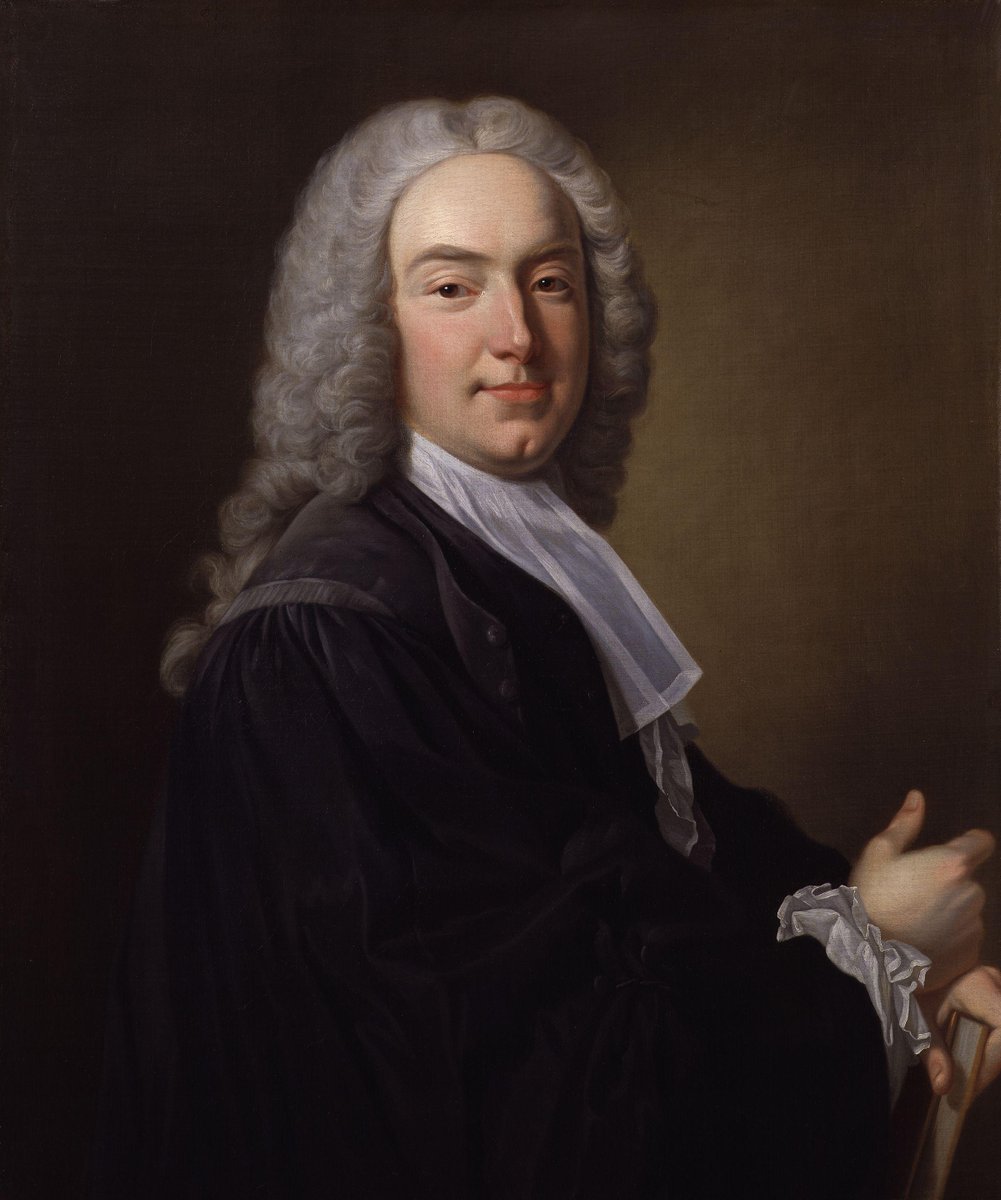


22. And that was just the beginning. Simcoe’s relationship with slavery got even more complicated after he left Upper Canada.
He was soon sent to Haiti — the French colony of Saint Domingue back then — to put down the biggest uprising against slavery since Spartacus.
He was soon sent to Haiti — the French colony of Saint Domingue back then — to put down the biggest uprising against slavery since Spartacus.

23. The leaders of the French Revolution had abolished slavery. But French royalists still controlled Haiti, where half a million people were enslaved.
When those people rose up in a revolution led by François Dominique Toussant L’Ouverture, the royalists asked Britain for help.
When those people rose up in a revolution led by François Dominique Toussant L’Ouverture, the royalists asked Britain for help.

24. John Graves Simcoe was sent to Haiti where he was appointed as lieutenant-governor.
The avowed abolitionist found himself fighting a bloody war to *preserve* slavery there.
The avowed abolitionist found himself fighting a bloody war to *preserve* slavery there.
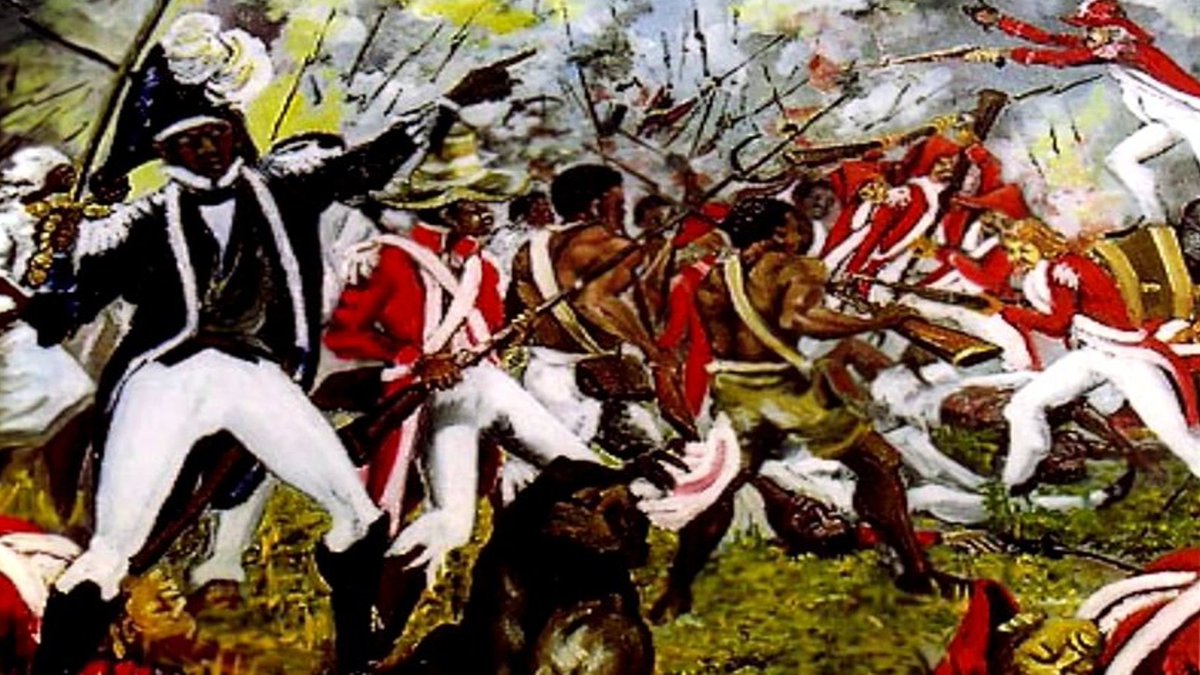
25. Simcoe soon got sick of the war, sick of a lack of support from his superiors, sick of literally being sick.
He eventually left Haiti without permission, sailing home to England where he argued in favour of withdrawing from the war.
He was nearly arrested for desertion.
He eventually left Haiti without permission, sailing home to England where he argued in favour of withdrawing from the war.
He was nearly arrested for desertion.
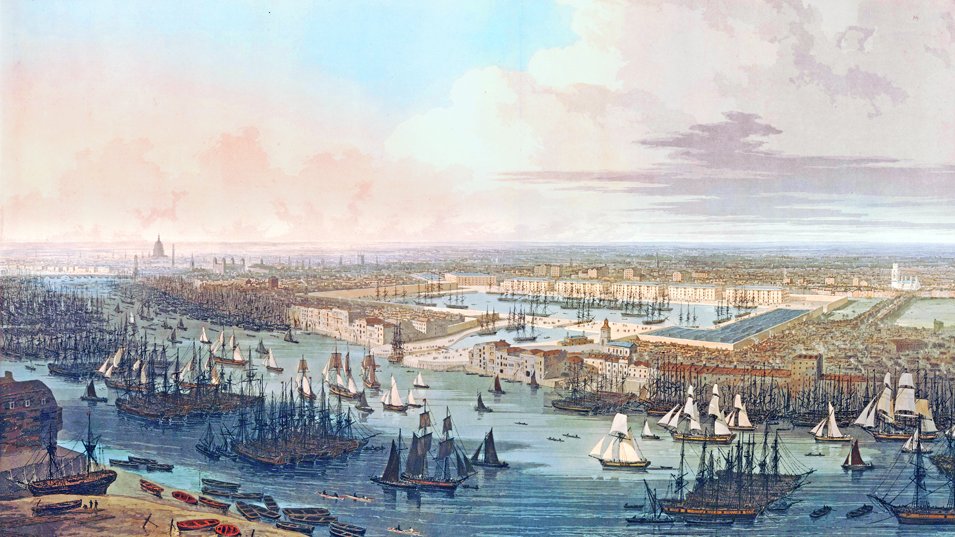
26. The Haitian Revolution would be successful — it led to the establishment of a new, independent, slavery-free country just a few years after Simcoe left. 

27. But while slavery was now over in Haiti, it was still part of life in Toronto.
The number of people enslaved here gradually decreased, but it was decades before slavery was fully abolished in Upper Canada & across the British Empire — on August 1, 1834.
Emancipation Day.
The number of people enslaved here gradually decreased, but it was decades before slavery was fully abolished in Upper Canada & across the British Empire — on August 1, 1834.
Emancipation Day.
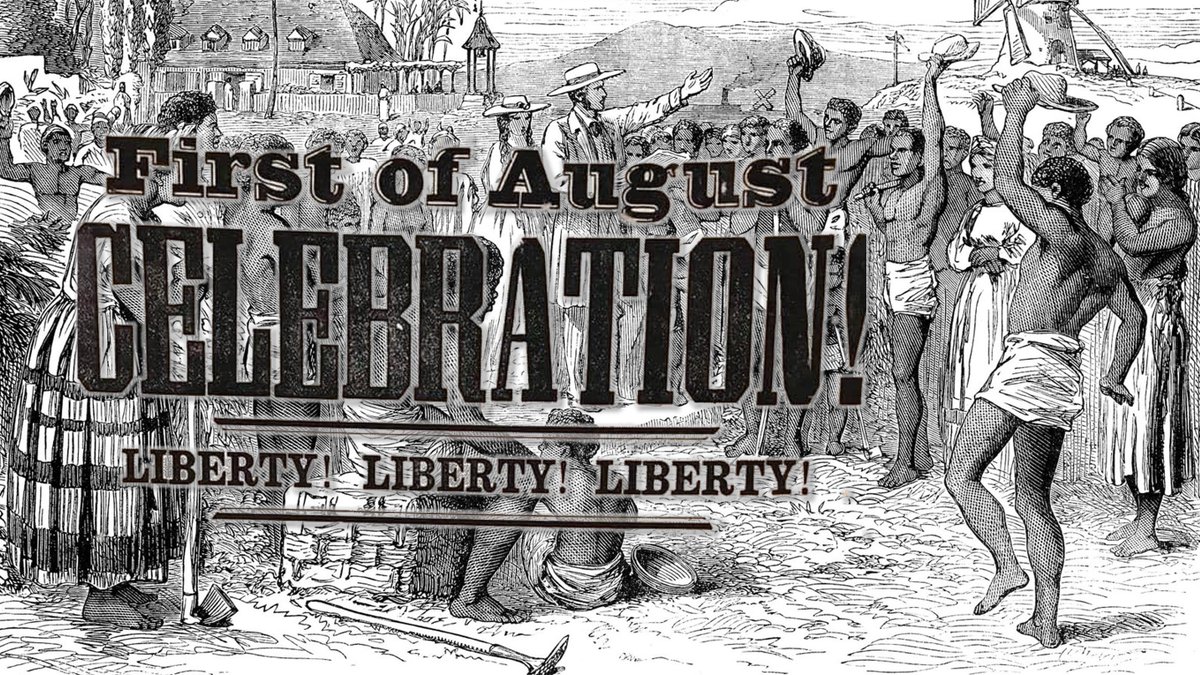
28. Emancipation Day has been commemorated on August 1st ever since.
The annual parades in Toronto helped inspire Caribana, which is still celebrated every year as the Toronto Caribbean Festival.
The annual parades in Toronto helped inspire Caribana, which is still celebrated every year as the Toronto Caribbean Festival.

29. By the time slavery was abolished, Toronto was beginning to gain a new reputation.
Black families like the Abbotts, Blackburns & Augustas — along with white allies like George Brown — worked hard to make Toronto a safer haven for those fleeing slavery in the U.S.



Black families like the Abbotts, Blackburns & Augustas — along with white allies like George Brown — worked hard to make Toronto a safer haven for those fleeing slavery in the U.S.



30. It took half a century, but thanks to their work, Toronto went from Simcoe's compromise to an important stop at the end of the Underground Railroad. 
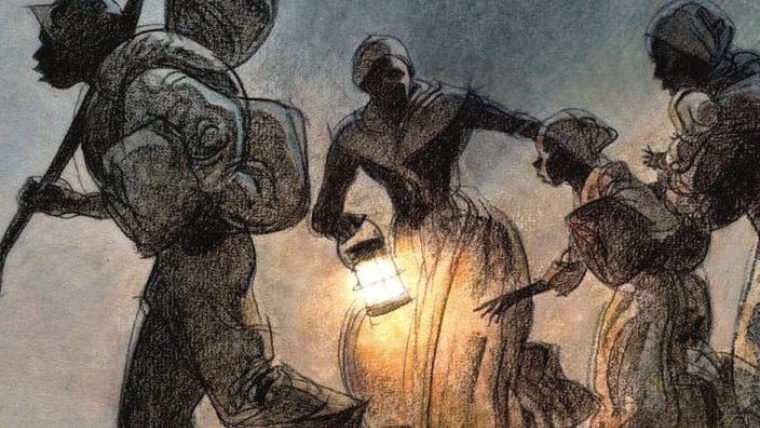
31. The story of the Underground Railroad became the story Torontonians like to tell ourselves.
But today is a reminder there are other stories, too. Stories too often forgotten or ignored. Stories of those who were enslaved here — and the complicated truth behind Simcoe's law.




But today is a reminder there are other stories, too. Stories too often forgotten or ignored. Stories of those who were enslaved here — and the complicated truth behind Simcoe's law.

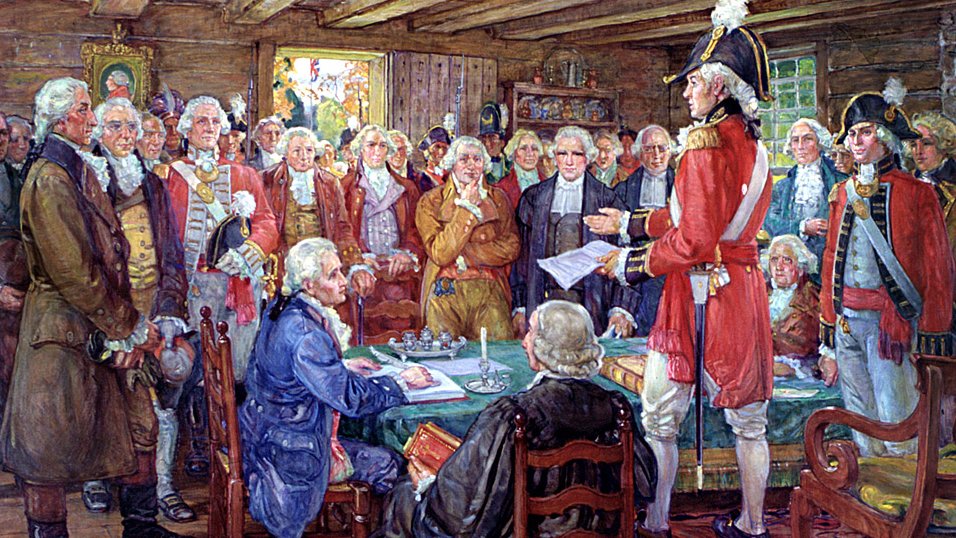
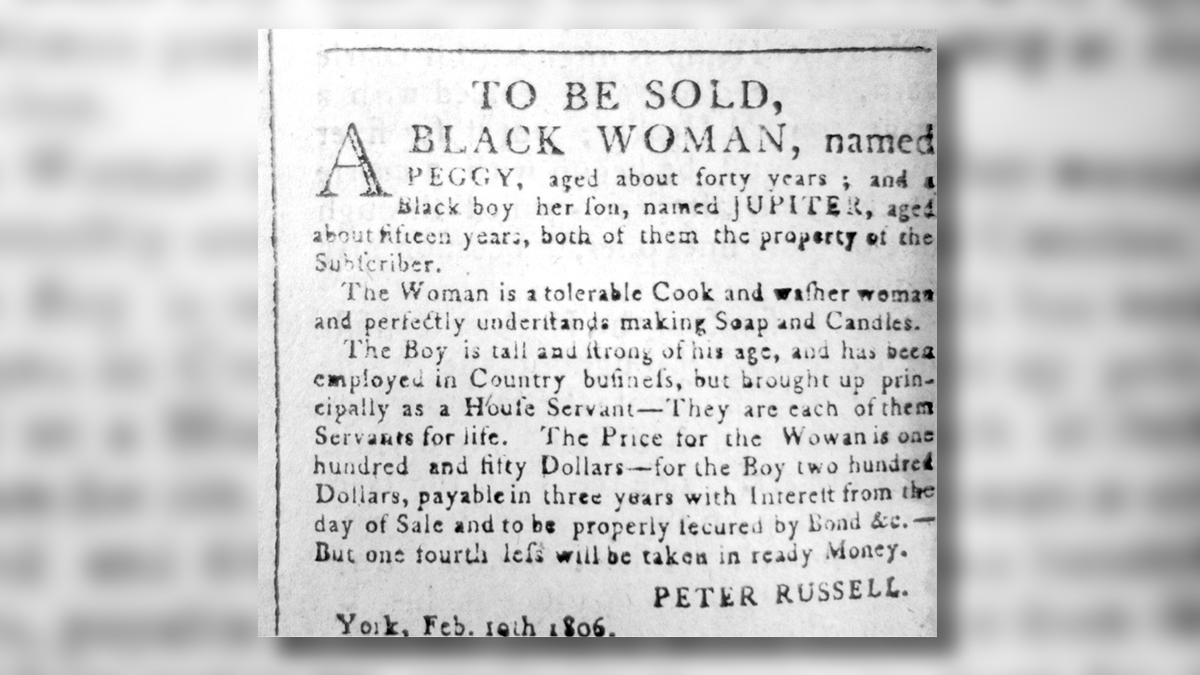
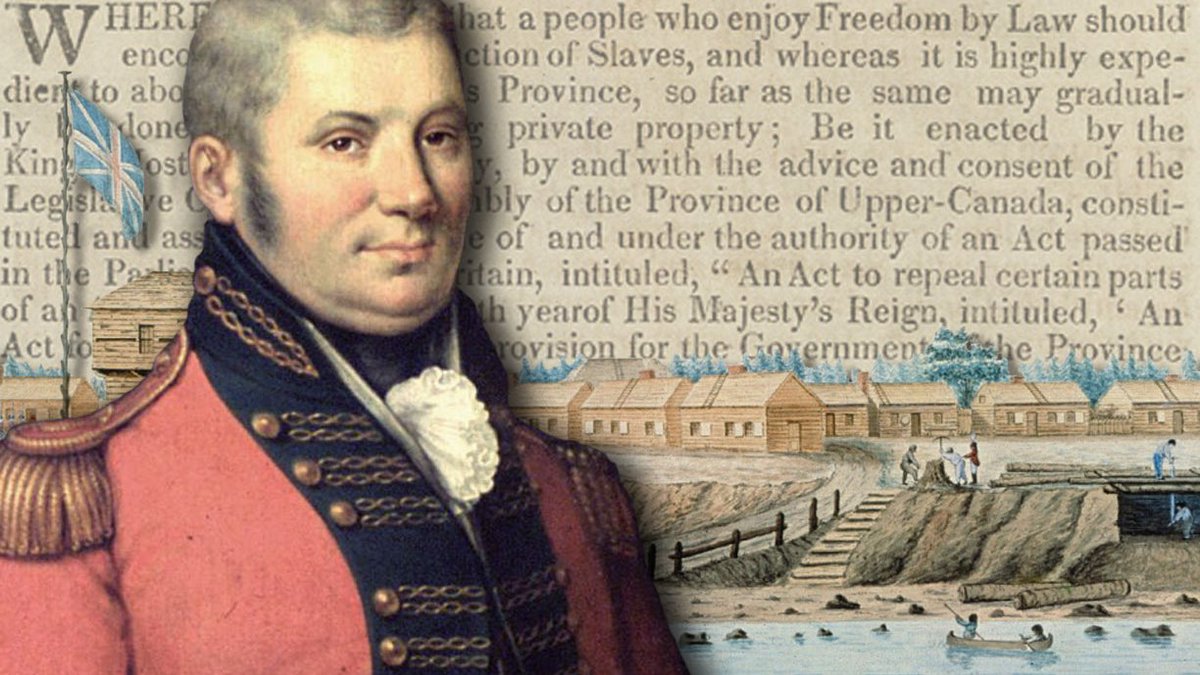
Thanks for reading…
If you'd like to learn more about the Simcoes this Simcoe Day, I'm leading a walking tour this afternoon.
If you'd like a bit more detail about this story, I shared a longer version in The Toronto History Weekly newsletter last year: https://t.co/3F6d3N0Athtinyurl.com/3xt9kcxf

If you'd like to learn more about the Simcoes this Simcoe Day, I'm leading a walking tour this afternoon.
If you'd like a bit more detail about this story, I shared a longer version in The Toronto History Weekly newsletter last year: https://t.co/3F6d3N0Athtinyurl.com/3xt9kcxf

You can learn more about Emancipation Day in Canada from the book by @NHenryFundi...
And about the Underground Railroad's connection to Toronto from the new edition of the book by Adrienne Shadd, Afua Cooper & Karolyn Smardz Frost:
And about the Underground Railroad's connection to Toronto from the new edition of the book by Adrienne Shadd, Afua Cooper & Karolyn Smardz Frost:
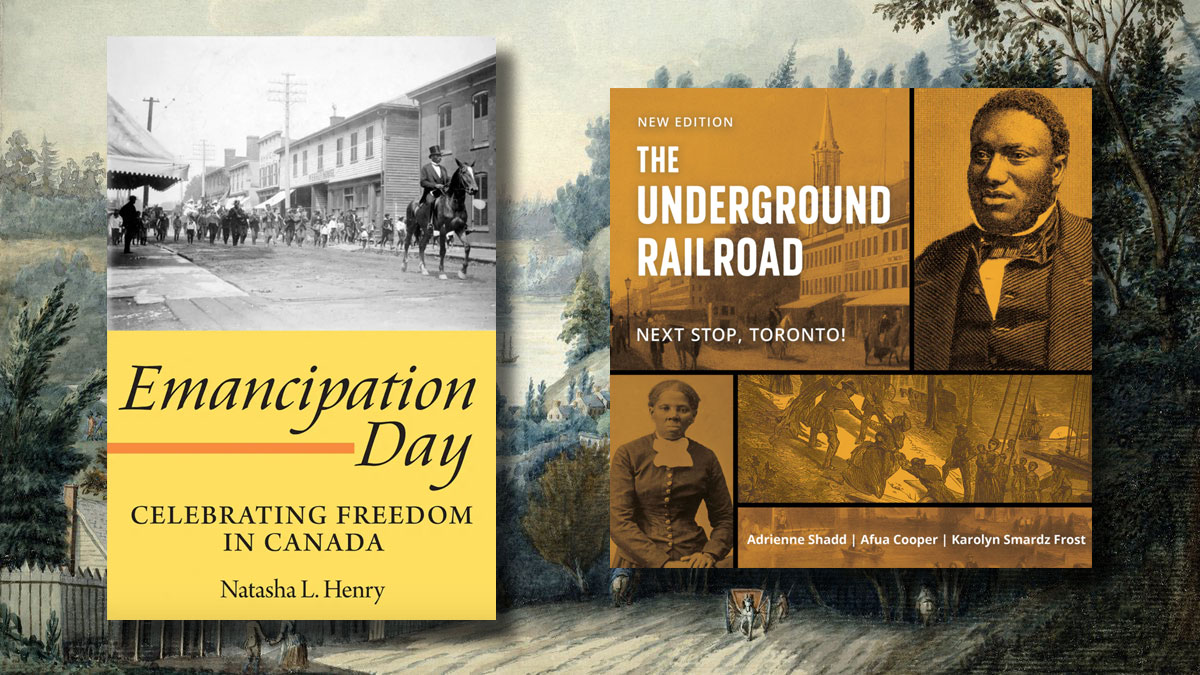
• • •
Missing some Tweet in this thread? You can try to
force a refresh






